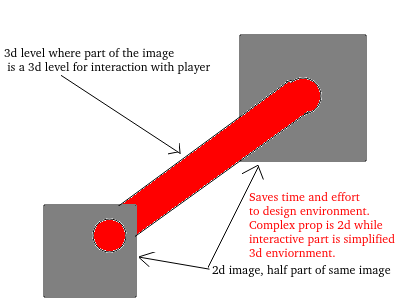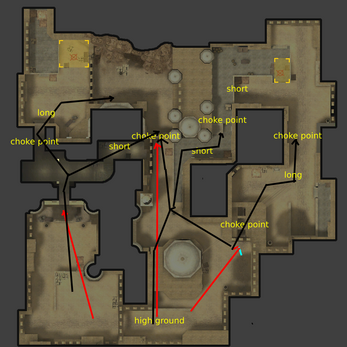Level Design Analysis and Practice
A downloadable project
Thanks for checking out this page, but this page is for me to collect interesting Level Design and Game Design concepts, theories and Tips and Tricks from the web. I will also put my own practice designs as well as interesting videos. You may start a discussion or comment your thoughts.
- An example of my Level Design for a tactical single-player game. Traditional starting point on left with a window view of the distant landmark/objective/goal to reach right from the start to give you an objective. Blocked doors can be opened from the back to get back to starting level. Play testing area to test jumping over a gap. Diverging and merging paths. Blocking player with a view of objective etc.
I tried to visually explain here the journey of a player in my map. Based on level design theory of Peter Field and some level design books. Apologies, this was done in linux mspaint clone.
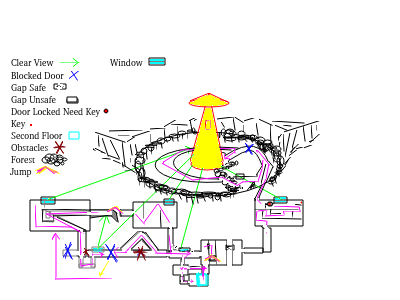
- Analysis of Dust 2 map from Counter Strike, high ground, short path, long path, open and closed areas either giving Tense or Comfort vibe and vice versa. Choke points and illusion of choice routes. It does seem CT's job here to only defend since this is how the map is designed, giving and upper hand to T's with better line of slight, choke point controls and sniping positions.
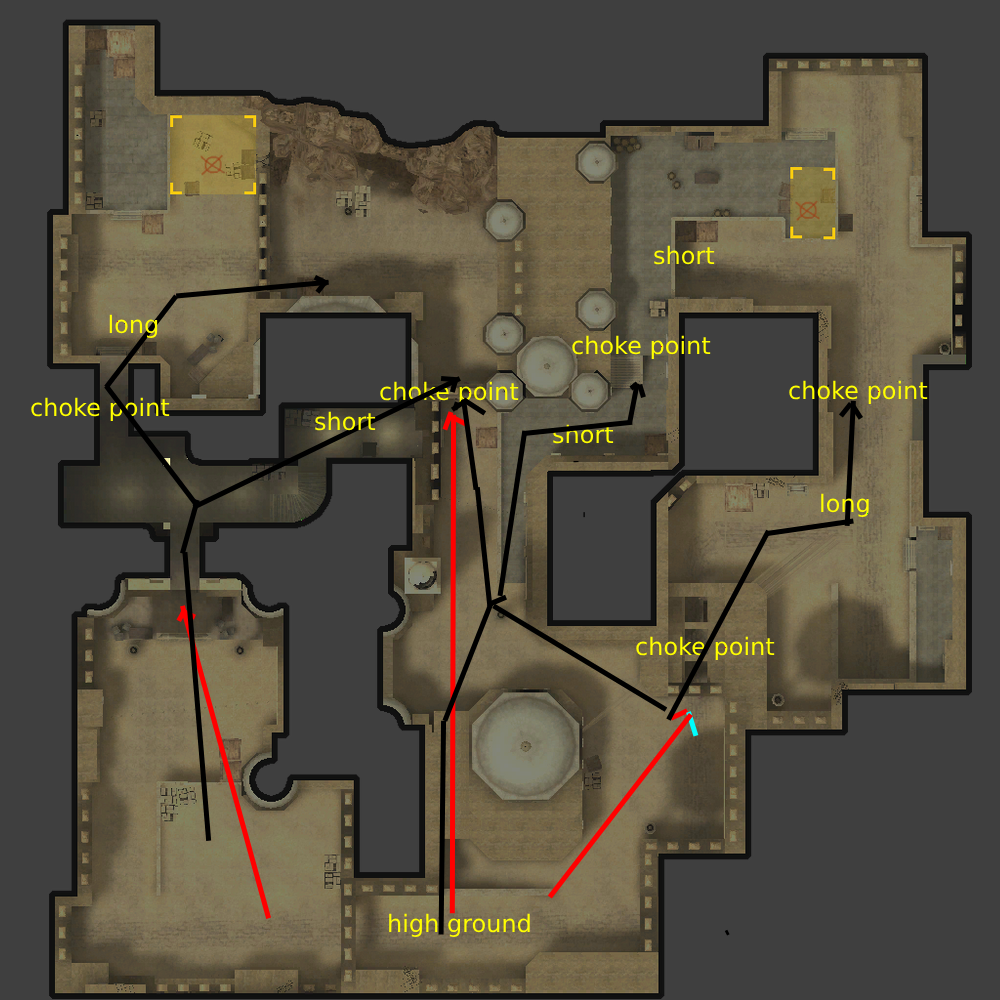
- Similar to Resident Evil’s approach with 2D pre-rendered backgrounds and 3D characters, the idea is to slice images into layers. Only interactive elements, like the floor, are 3D, while the rest remains static 2D but all combined to look like a single image, making the level more efficient and cost-effective. AI image generation can play a huge role here by providing interesting outside the box ideas to use as concept. Now I swear when I thought of it and drew it, I didn't know that this exact example already exists in a Final Fantasy game, briefly shown in the below video.
- Mumbai Slum Level Design:
This level design depicts a Mumbai slum area, guiding the player from low ground (starting point) to a high-ground water tower (end objective), ensuring clear visual line of sight of the objective from key locations on the map to re-enforce the objective form time to time.
The journey includes tense narrow alleys leading to open safe areas, one-way obstacle to prevent player from going back too far (backtracking), hidden paths near visible blocked path, and playsafe area to practice obstacles before encountering them again in map to keep the flow of the game. Locked doors open from the back for revisits, diverging paths to provide illusion of choice. Long defensive routes contrast with wide open shorter riskier paths to allow for varied playstyles. The map’s center features two railway tracks, with a stationary train for aesthetics. The tracks also divide the map, providing a wide safe space for player to relax before challenging the end game.

- Level Design vs Maze: Found this in the rabbit hole, in a lecture at archive.org (past cache of websites that no longer exist.)
Maze: In a Maze you mislead.
Leve Design: In a Level Design you lead.
I also found an exercise where students are tasked with making a maze in a circle and tasked with keeping a player inside it for as long as possible. I found that interesting, and ended up making a whole quarry level out of it using other LD theories, of-course on paper. You can checkout the whole lecture in the link provided in the screenshot below.
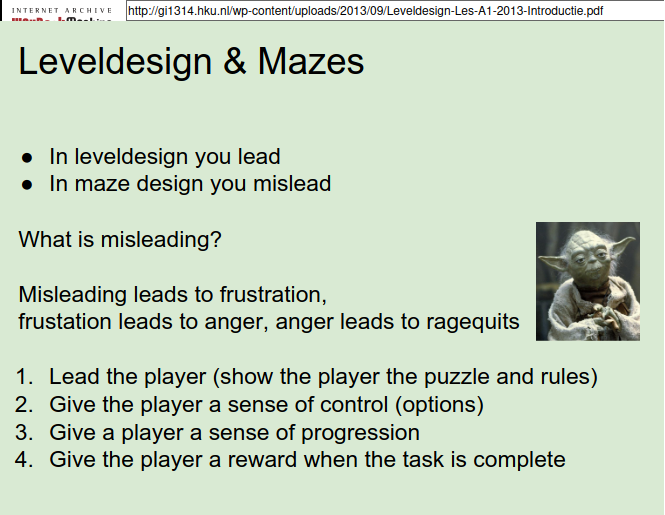
- Small Exploration Level Design:
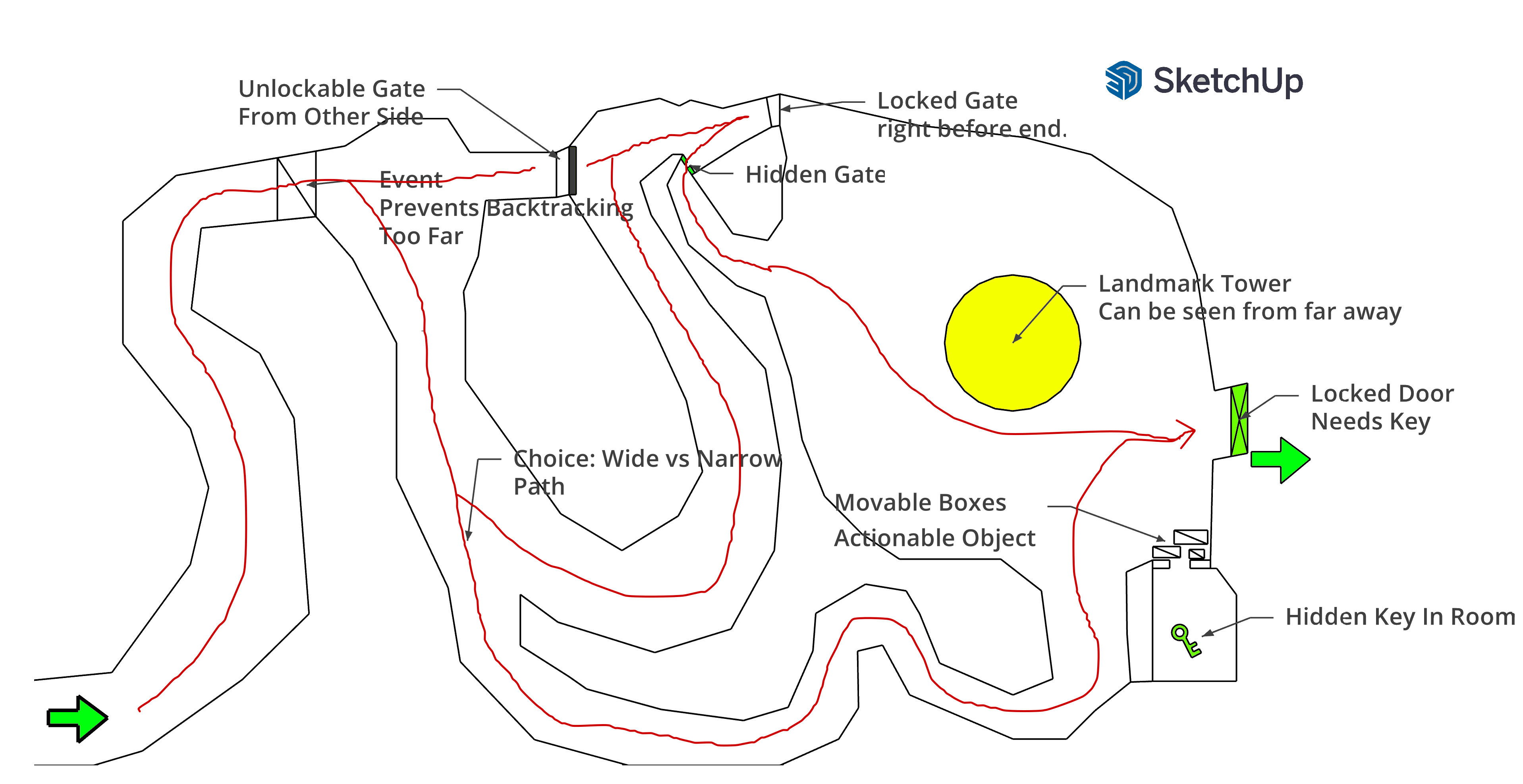
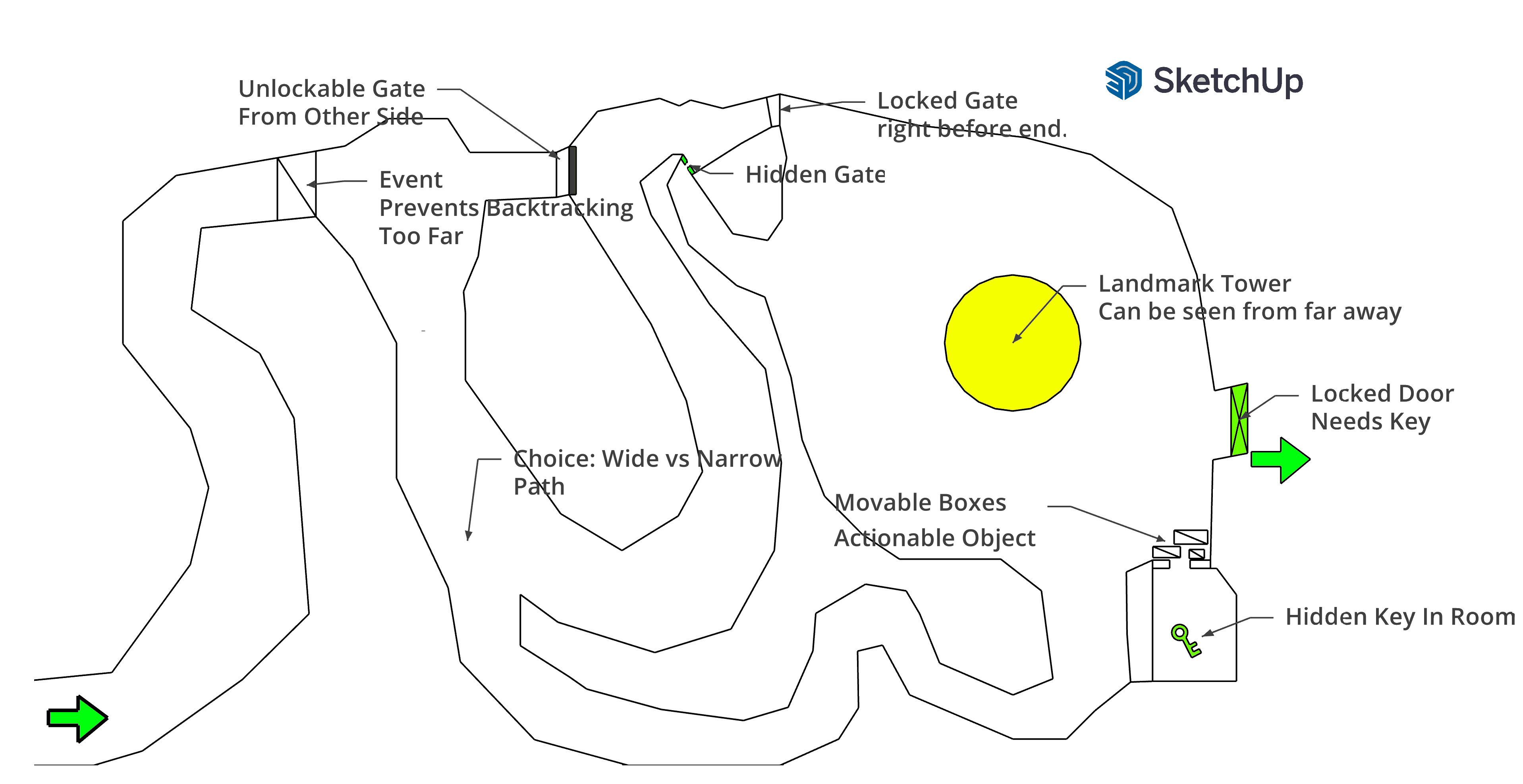
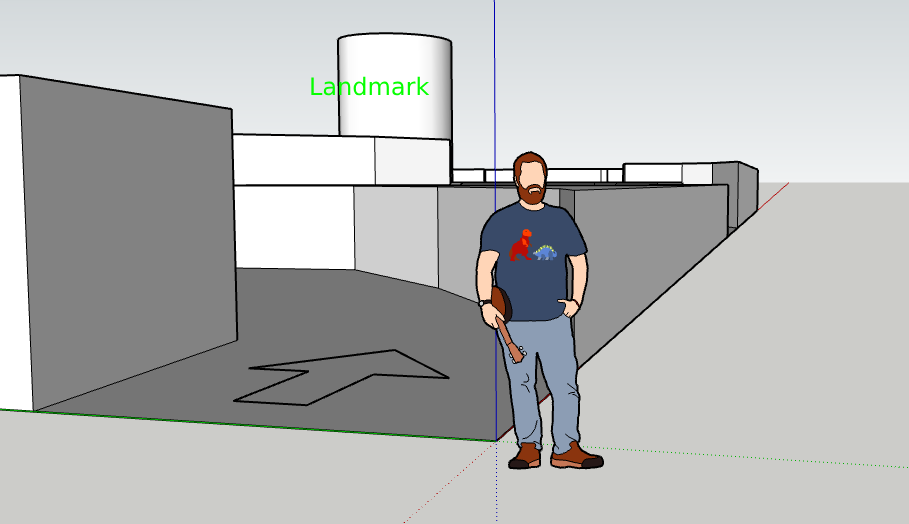

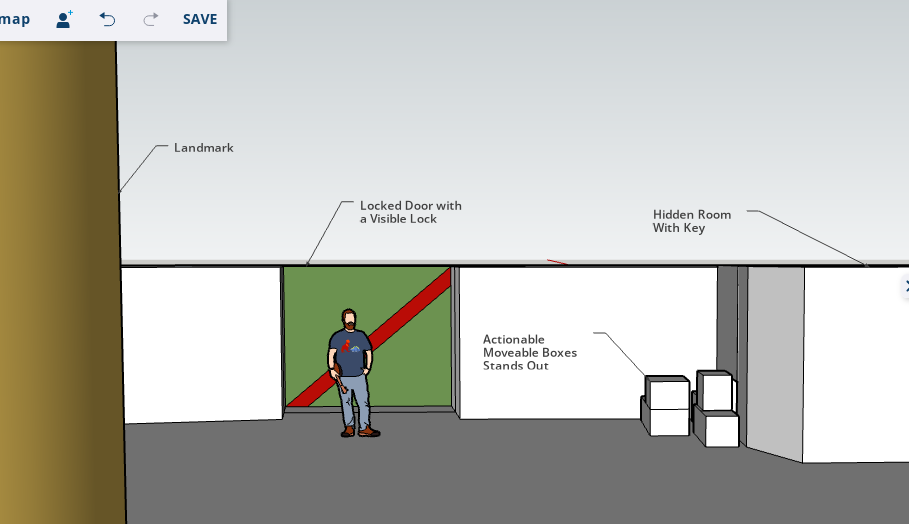

| Status | Prototype |
| Category | Other |
| Author | FabledIndiaGames |
| Tags | Game Design, level-design, Level Editor, map-design |
